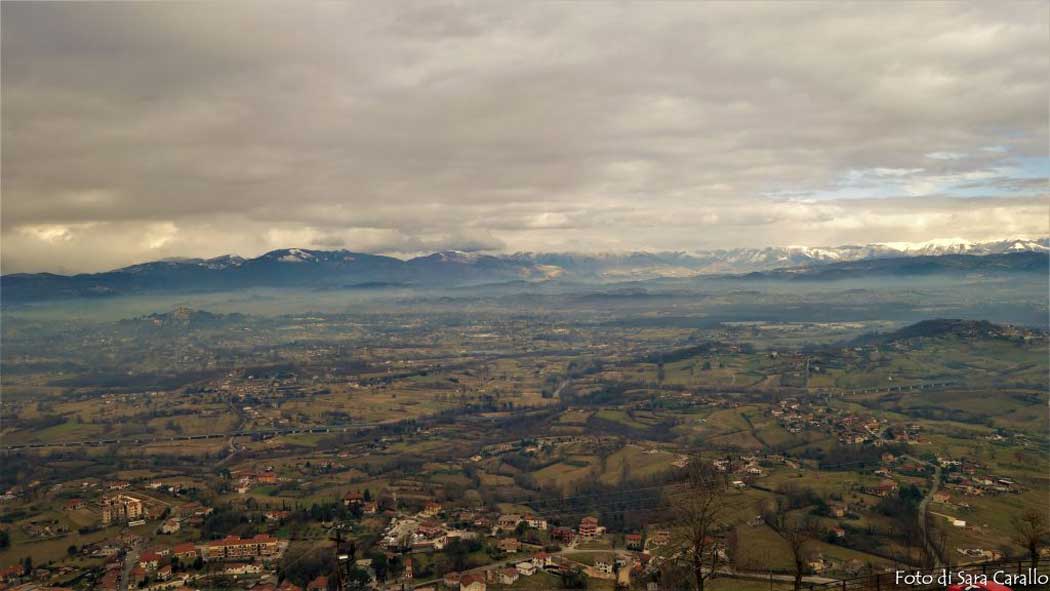
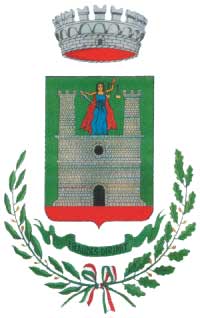
The episode is reported in Eneide and refers to the escape of King Metabo and his daughter Camilla da Priverno. The two came to settle here in Castro and Camilla grew up in the mountains like a warrior.
When the Romans defeated the Volsci they settled in the plains where they built some rustic villas, one of which is part of a large spa near a source of sulphurous water. In this villa, it is said that Nero also stayed in his journeys between Naples and Rome.
At the time of the Barbarian invasions, the populace returned to the high parts and took refuge in a castro (castrum), a fortified military castle with observation and defensive functions. Because of its strategic control over a large area, Castro dei Volsci entered under the direct control of the Pontifical State, who in the moments of tension between the papacy and the empire, directly appointed the heads of the garrison.
In 1165, Castro was conquered by the Barbarossa troops. In 1412, it was given to the Colonna family who issued the statute of the commune. The link between Castro and the Colonna was very well known and their stories were interwoven. The Colonnas had about one thousand one hundred hectares of land, the fort, the mill on the river Sacco and various other benefits.
In 1795, agricultural reforms were made and in the Napoleonic era the area underwent numerous changes.
Castro was the last town in the Pontifical State bordering on the Bourbon Kingdom and over the years many stories have come to light. The presence of a large pro-pontifical movement favoured the birth of banditry. Castro became one of the centres of bands together with Sonnino and Vallecorsa, at the border of the papal state. The brigands reappeared in 1870, after the Unity of Italy, with the presence of bands supporting the Bourbons.
Castro is part of the group of the "Most Beautiful Villages of Italy" and its belvedere with the monument to Mamma Ciociara is one of the symbols of Ciociaria. It is famous for its unique living nativity scene that involves the whole town in a representation of the life of the eighteenth century and for the popular festivals cheered by dancing the salterello.



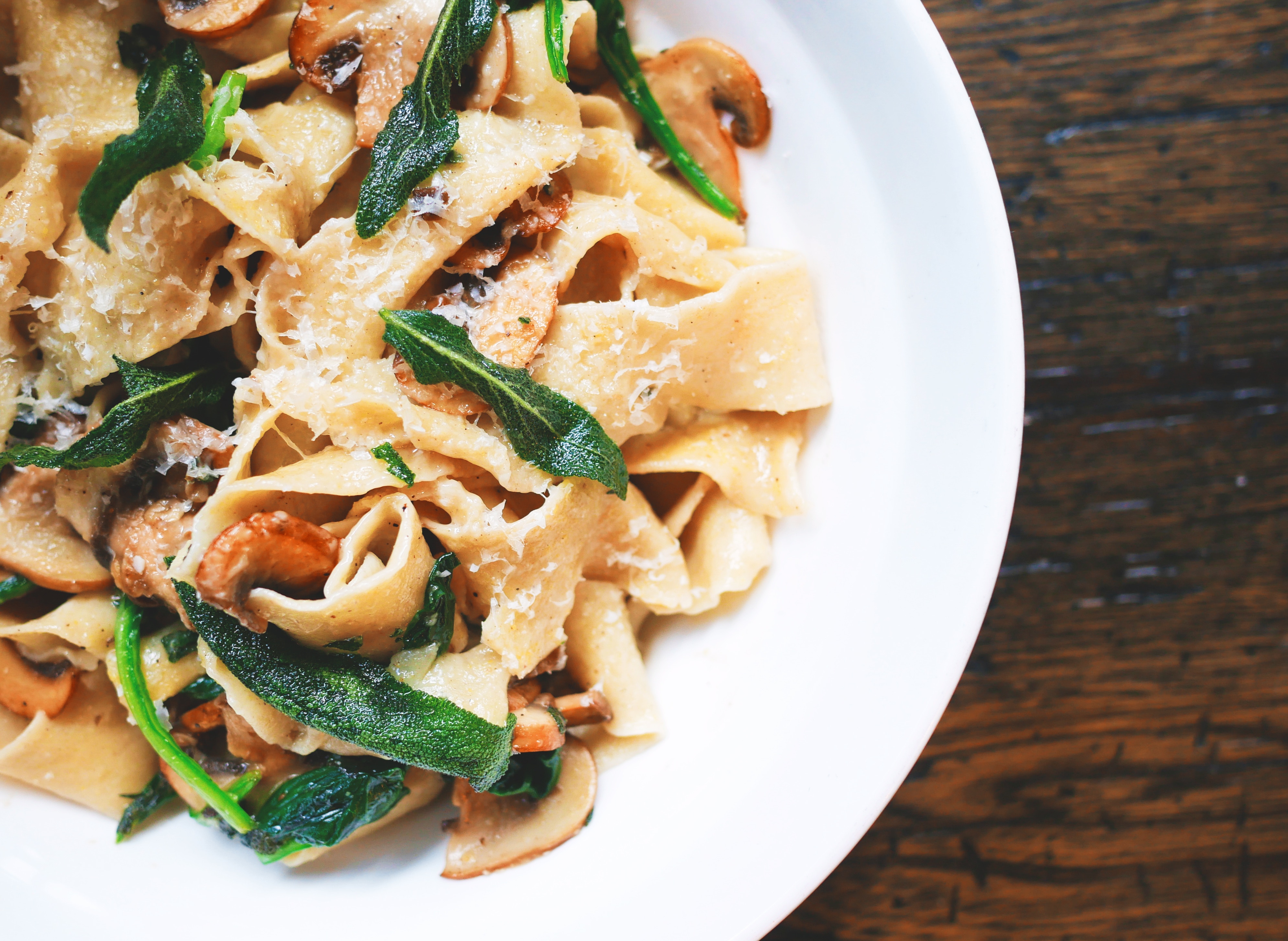
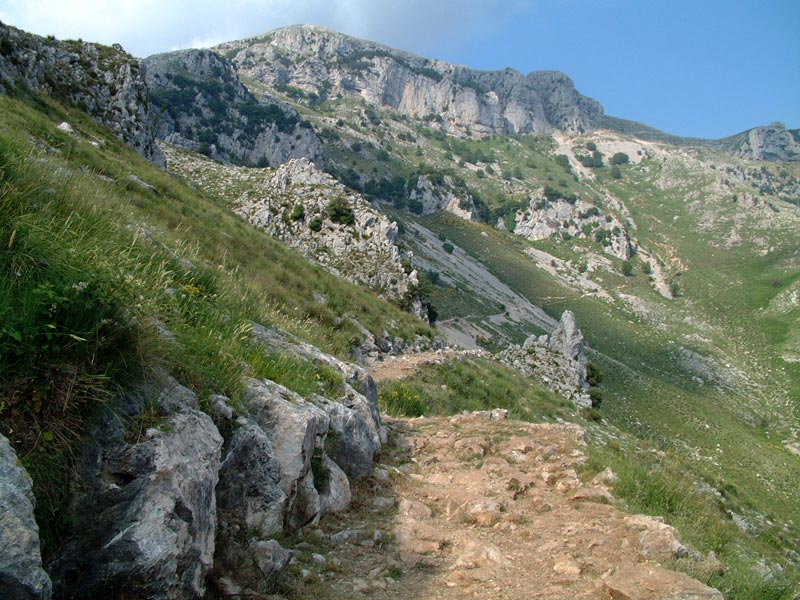
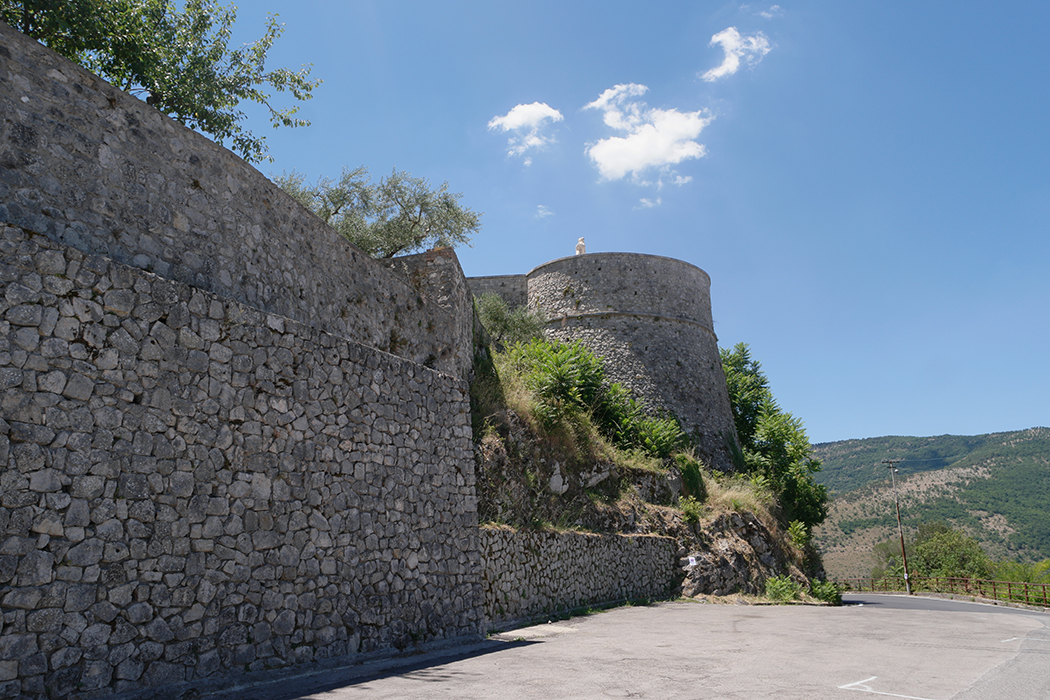
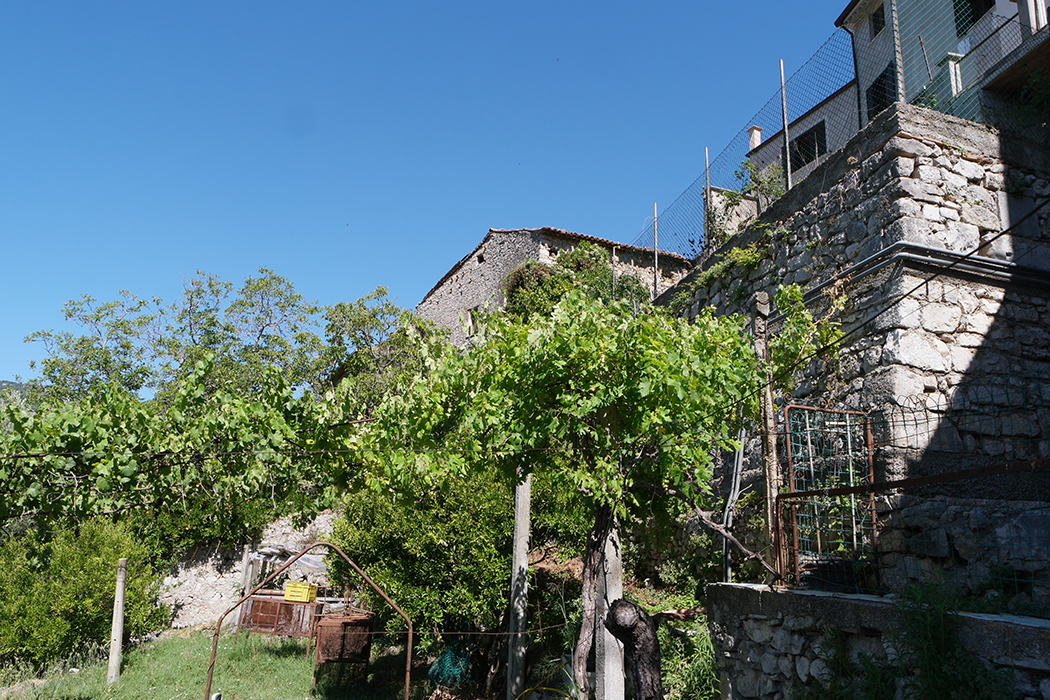




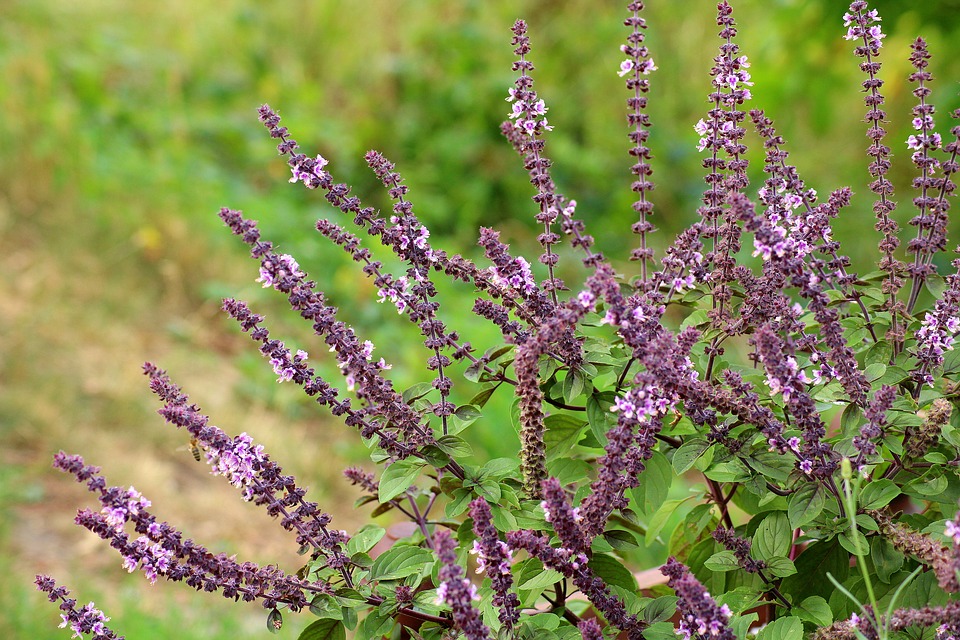
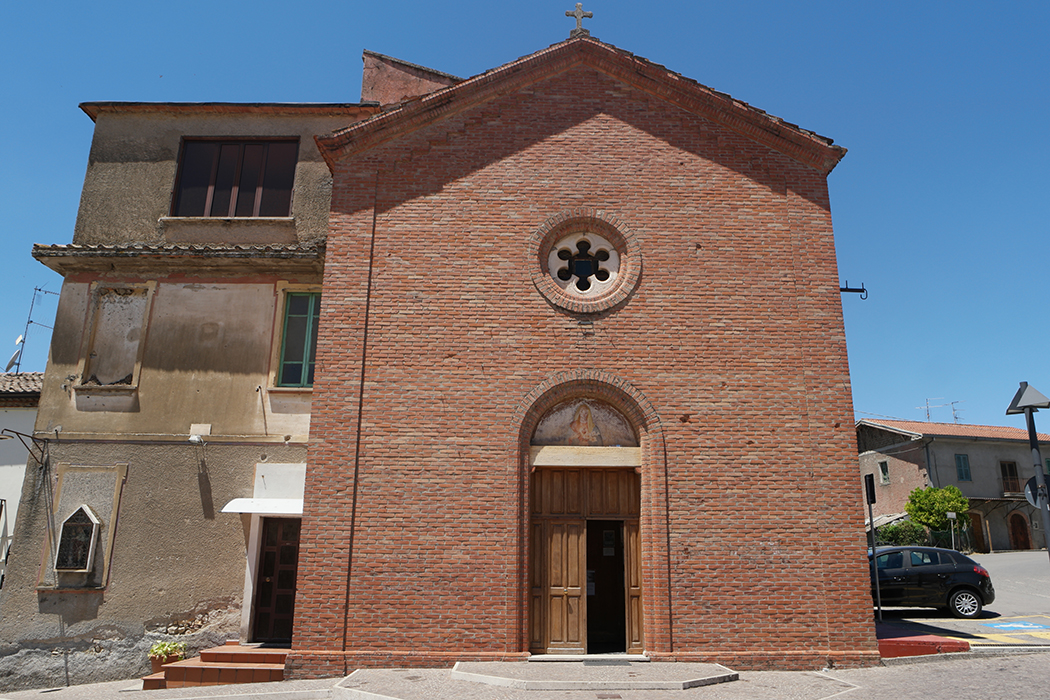
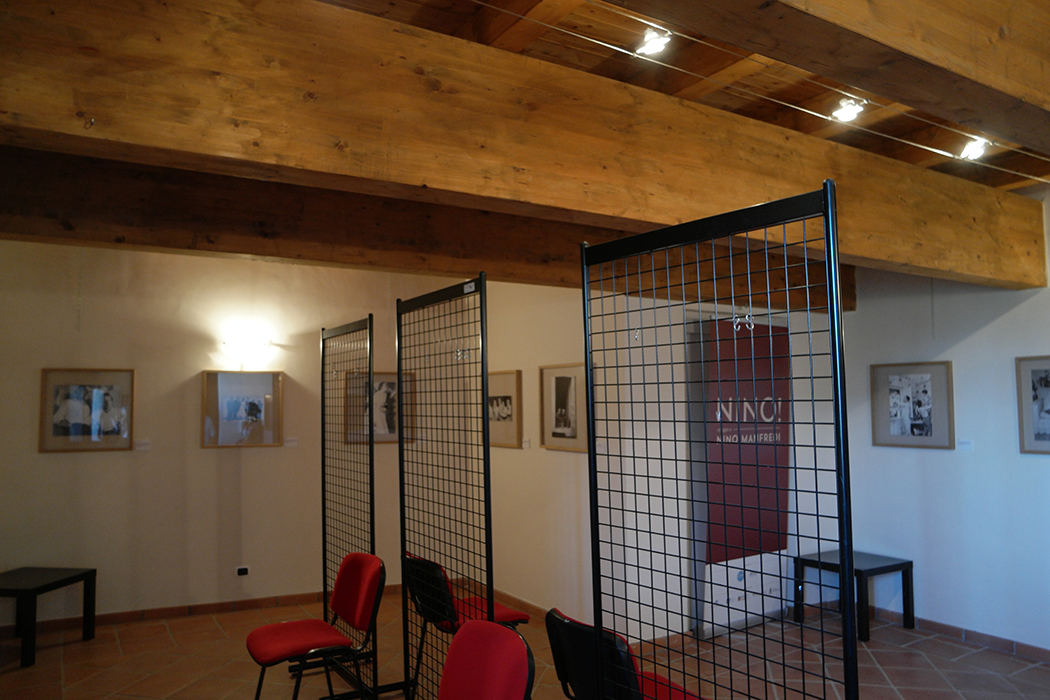
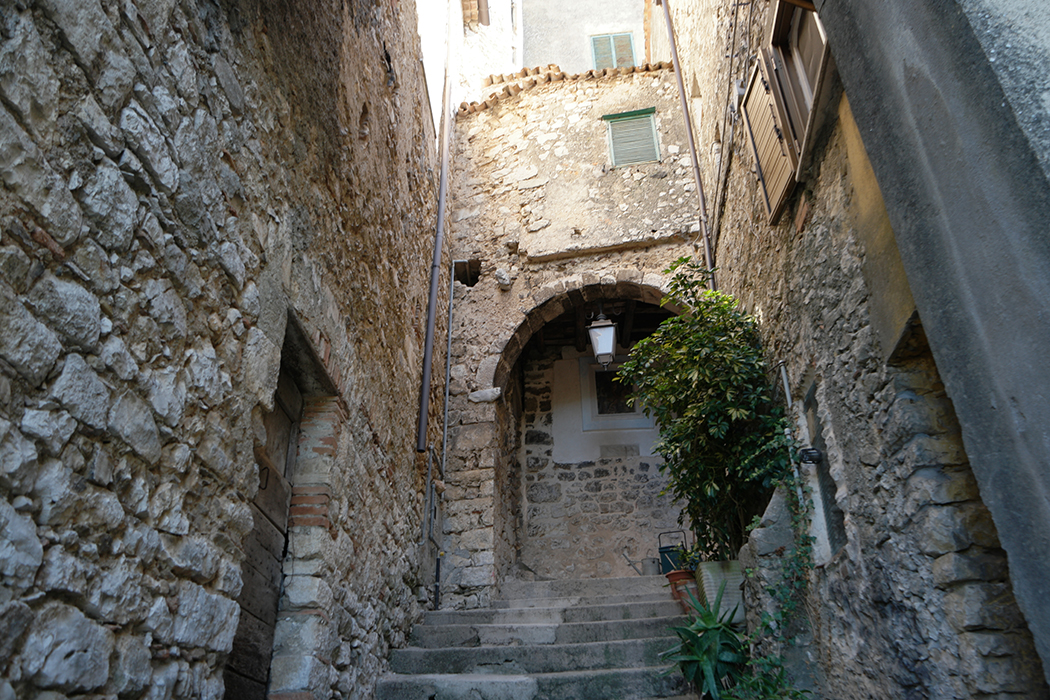

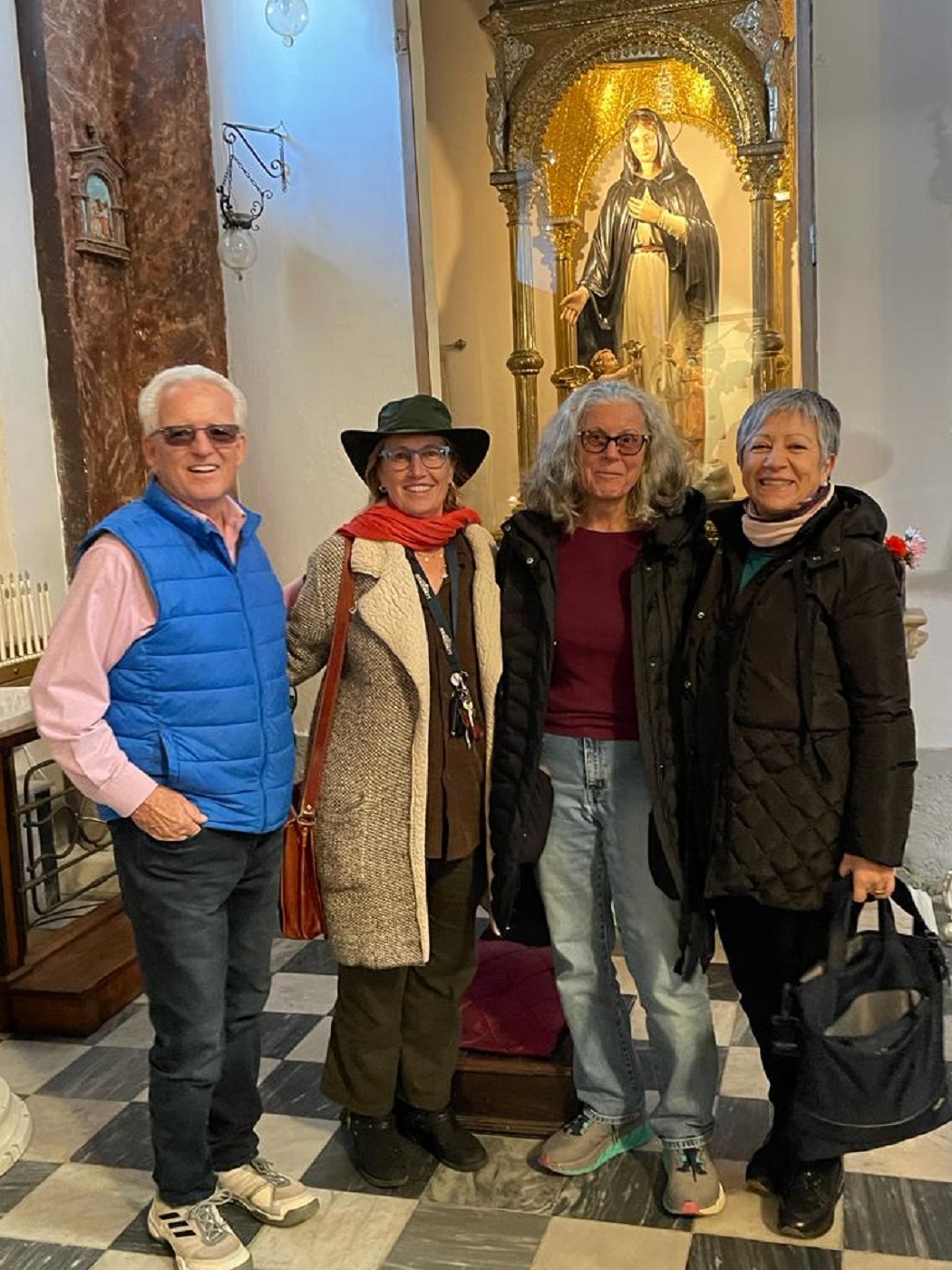
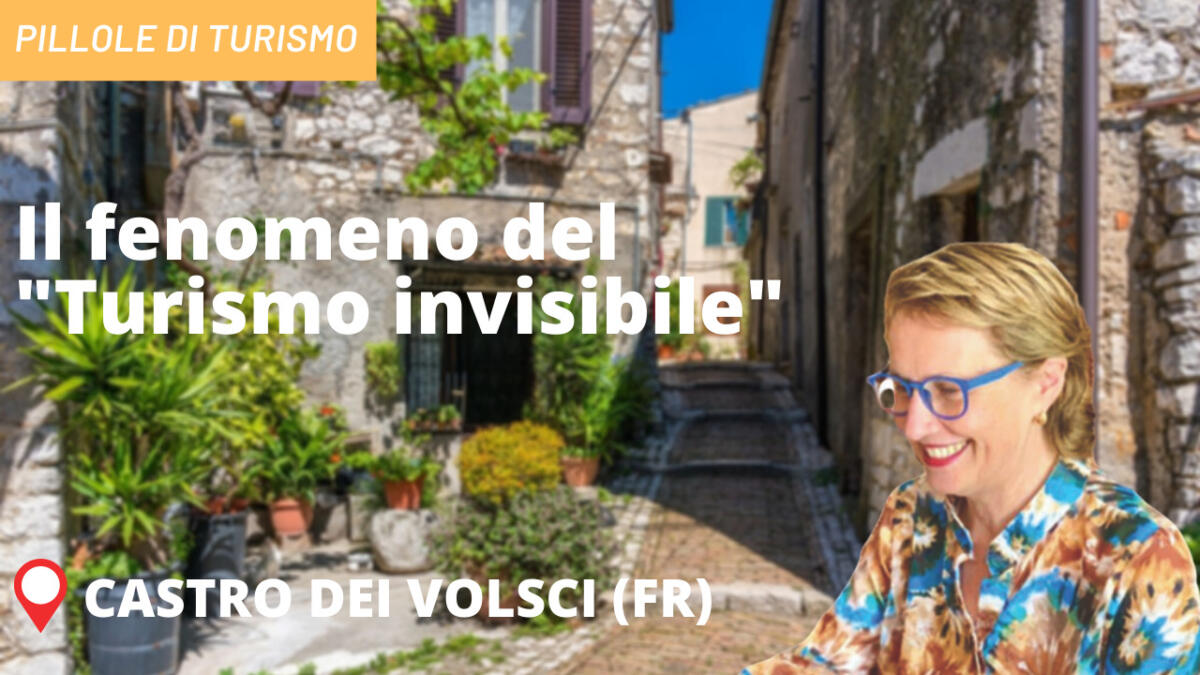


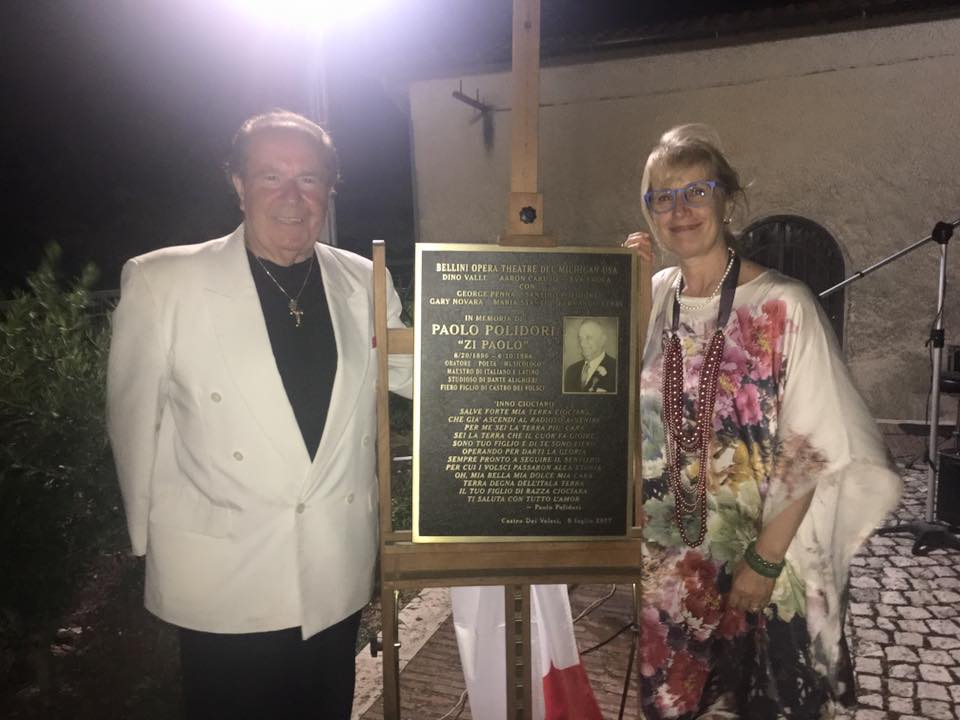




Follow us